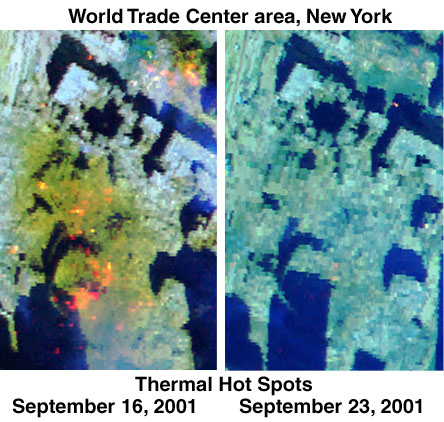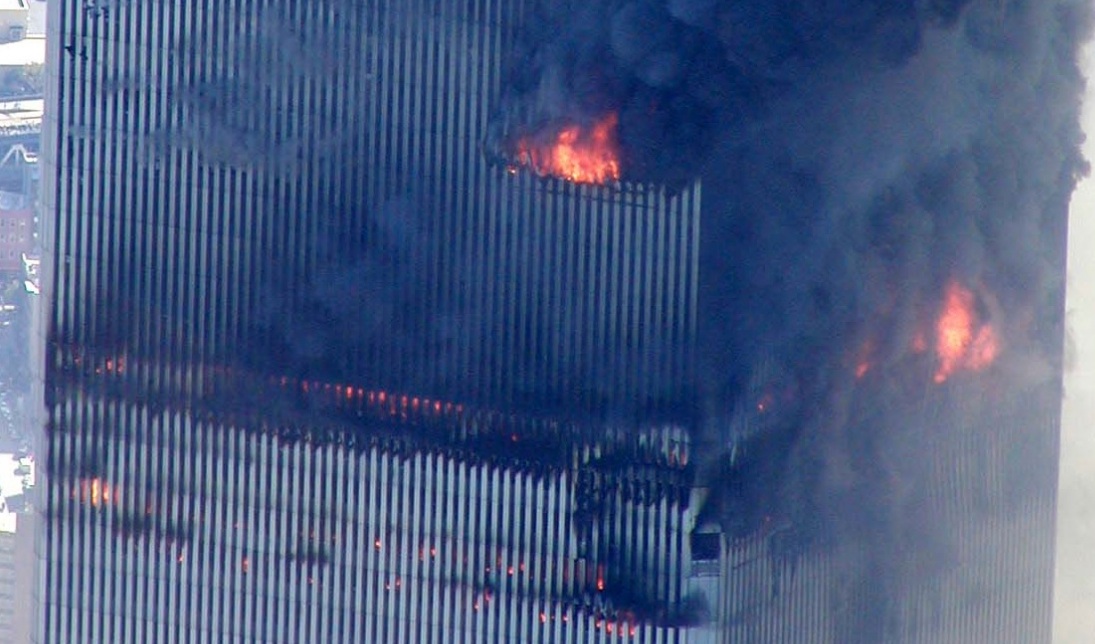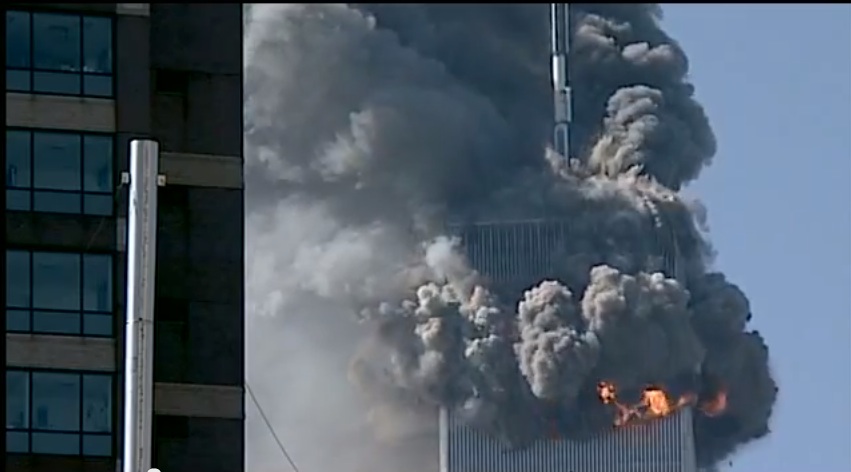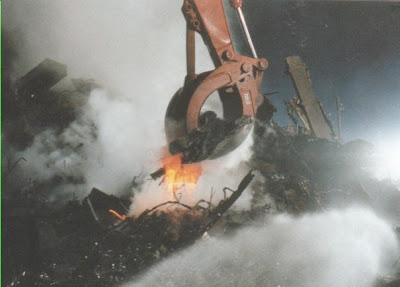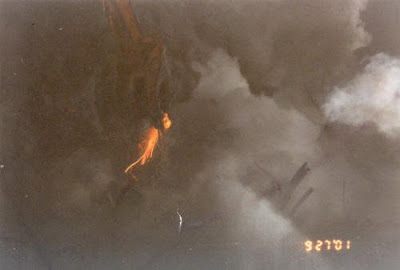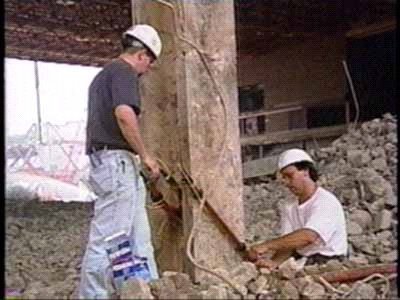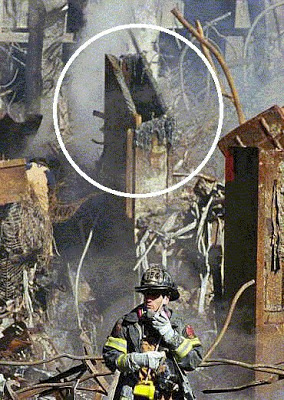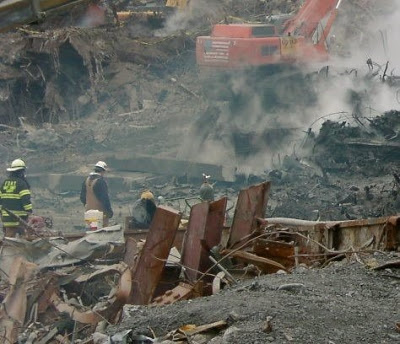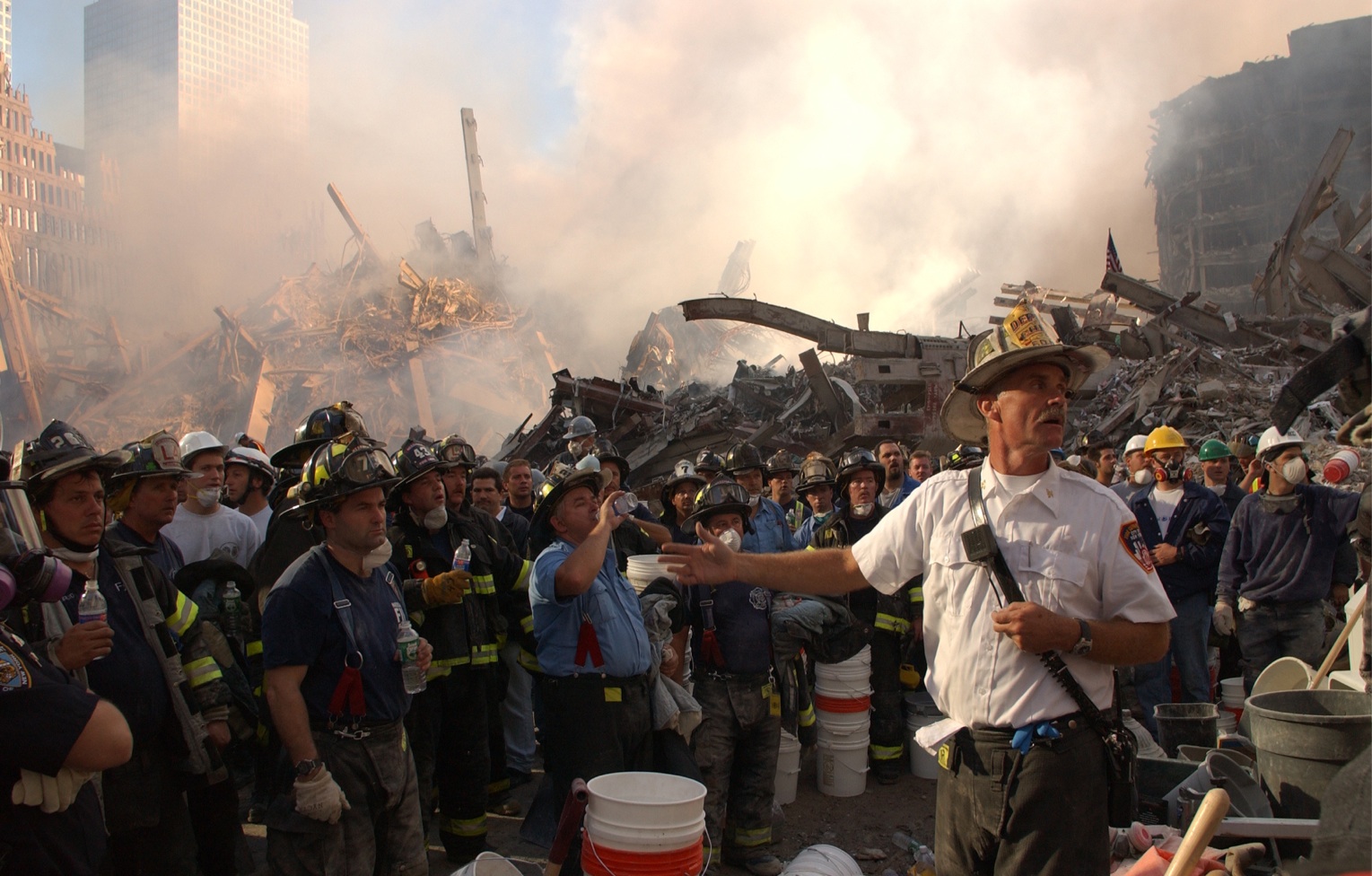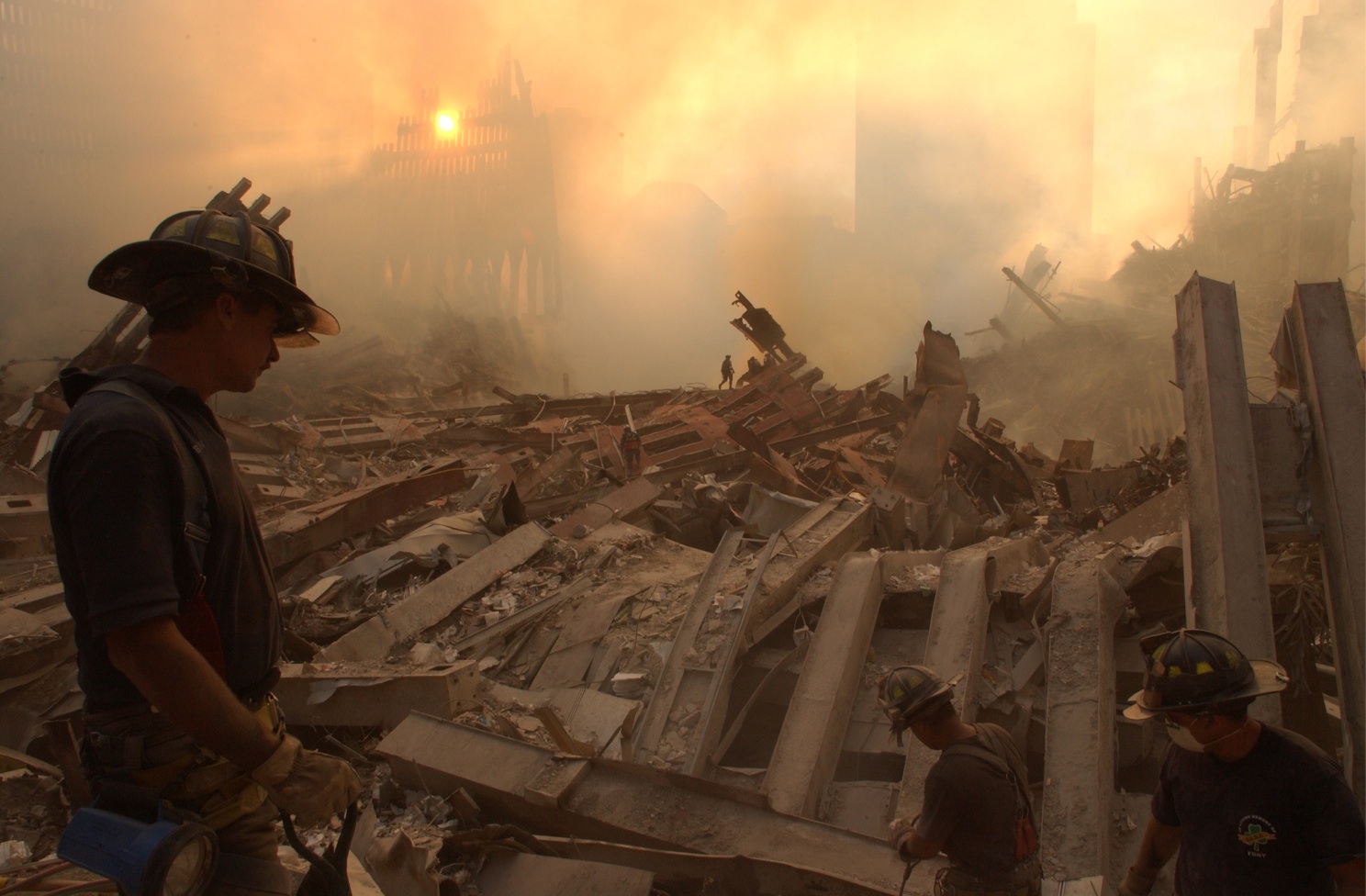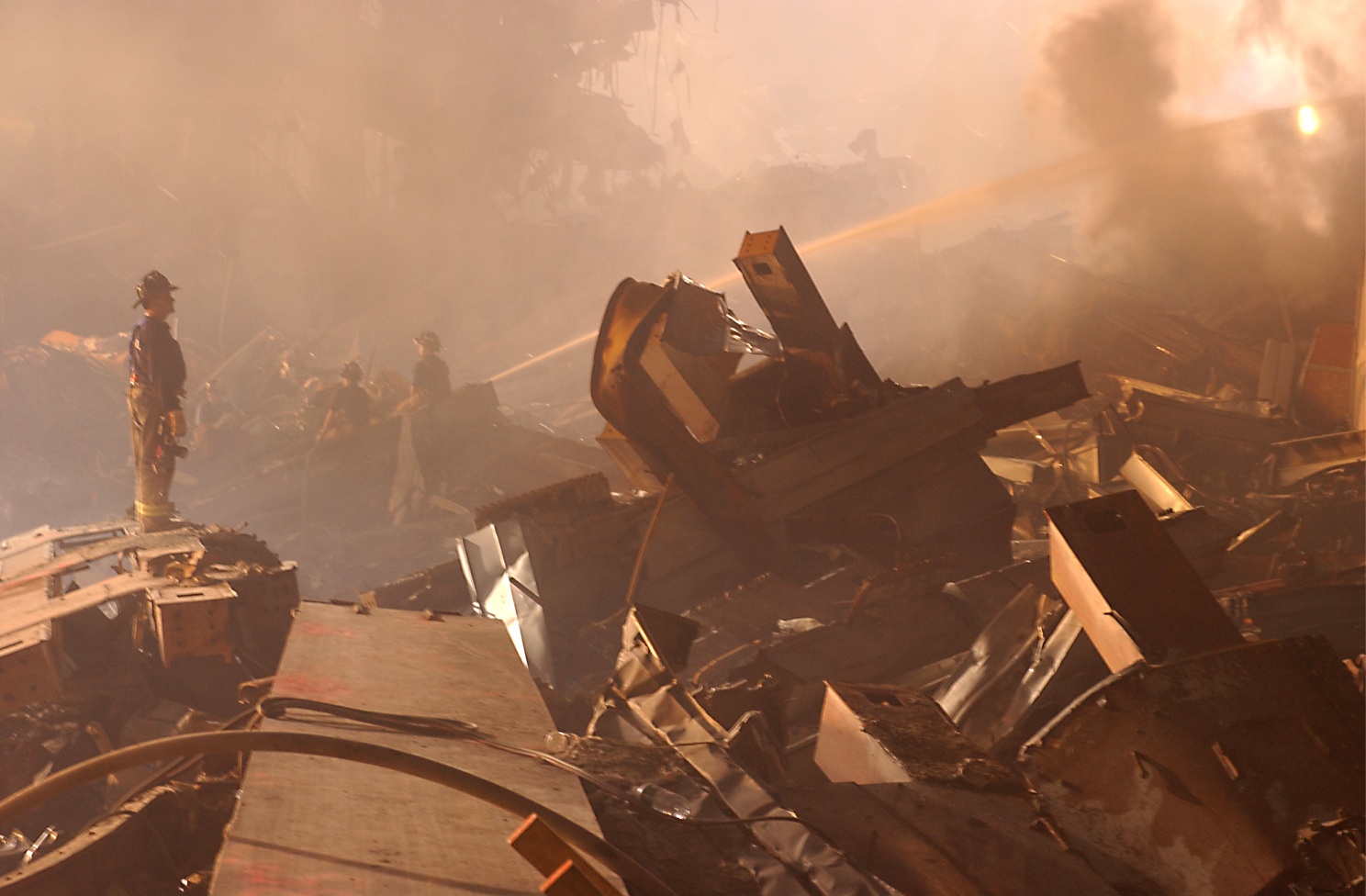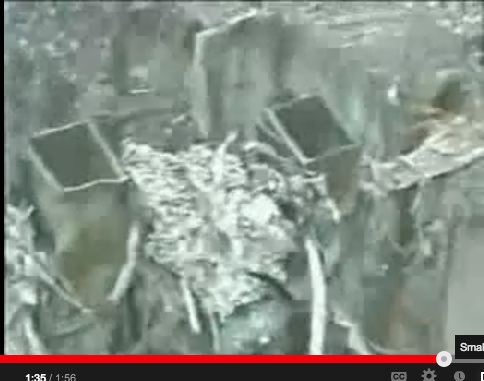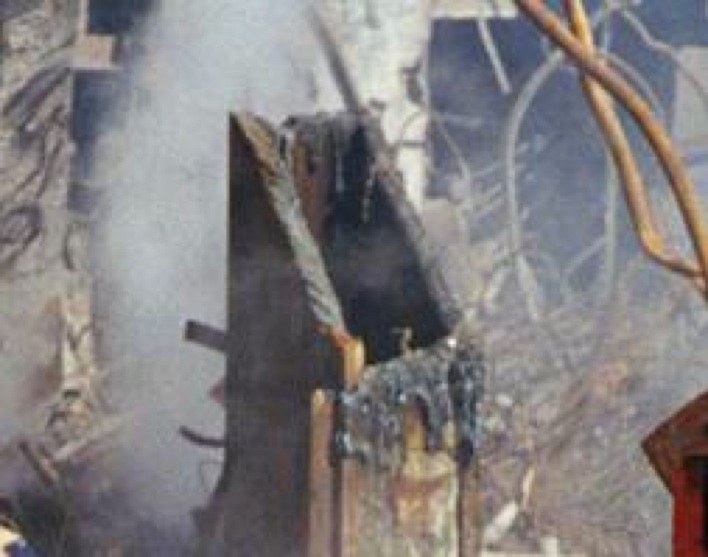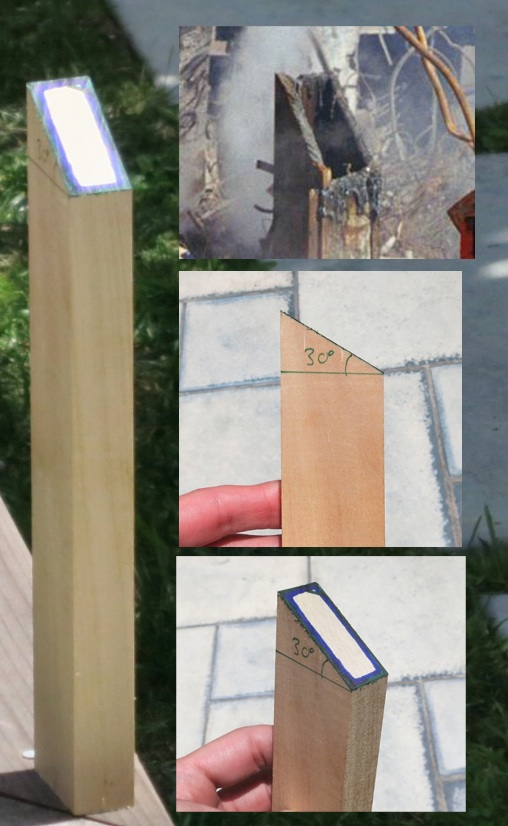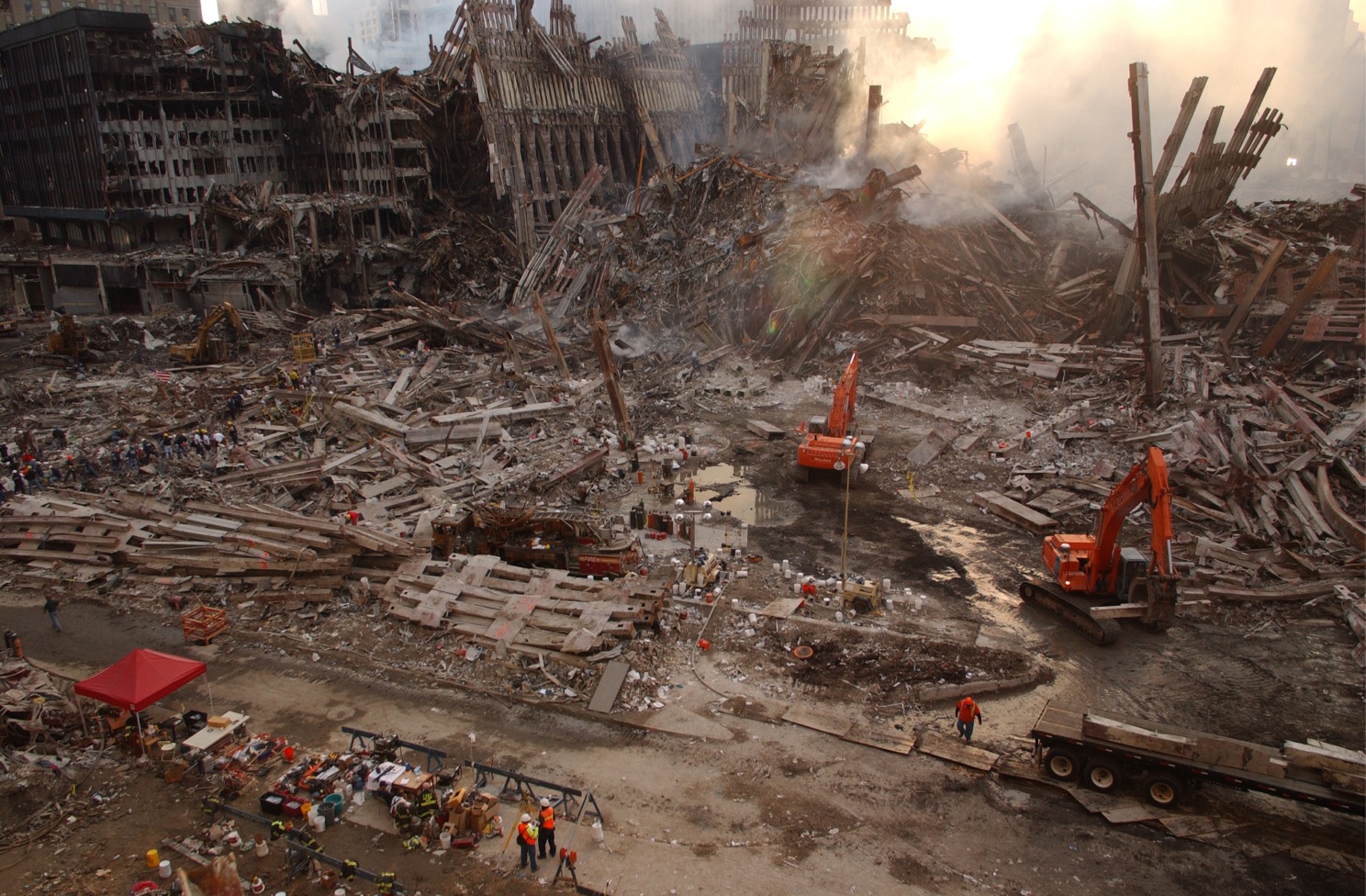SR1419
Senior Member.
Good point but sadly, they were very much the exception, (some say miraculous) and it is recognised that they only survived because they were low down, (arbitrarily 22nd to 18thth floors) and they were in a stairwell which had undergone massive reinforcement following the 1993 bombing. Even so they were very lucky to survive.
As far as the fires, I am sure some minor fires survived but the vast majority was undoubtedly snuffed out like a candle by the millions of tons of dust.
"Undoubtedly"?- thats seems a bit strong for pure speculation. Its seems to me that most of the dust was dispersed outward in the "pyroclastic" flow- not downward- what went down was heavier combustible material.
Moreover, we know from eyewitness accounts that burning jet fuel traveled via elevator shafts to the lobbies and basements igniting fires there...so, there were already fires burning at low levels prior to collapse.
Again, see above and I suggest comparing an underground peat, coal; smouldering fire is not comparable. I think apart from the vastness of the fuel source and oxygen supply in those fires, there is also the issue of 'compartmentalisation' in that the fuel sources are 'en bloc', whereas in the rubble pile of 9/11 the fuel sources were diffused amongst a massive amount of non combustible debris.
Perhaps- but speculating as to what the manifestation of the debris pile was like, how it was distributed and what the specific conditions in the pile were seems to be a bit misguided.
We know that there were significant pockets of space in the basements levels (see pic). Moreover, the debris pile was not stagnant- much to the dismay of CT's, the steel was removed quite rapidly- which lead to shifting piles and likely new/more oxygen sources as debris was removed.
This appears to be a massive refuse dump which is not predominently underground.
Indeed. But nor was a good deal of the WTC debris. It (the fire in the article) was a fire buried deep within a debris pile that burnt for days and/or weeks.
Perhaps the hotspots were localized to due a combination of burning material surviving the collapse and the right conditions post-collapse for continued combustion....a combination that only happened in a few spots.
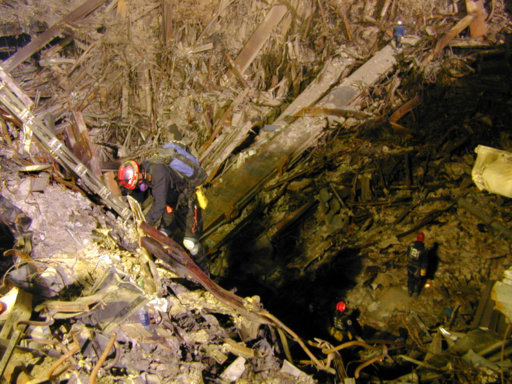
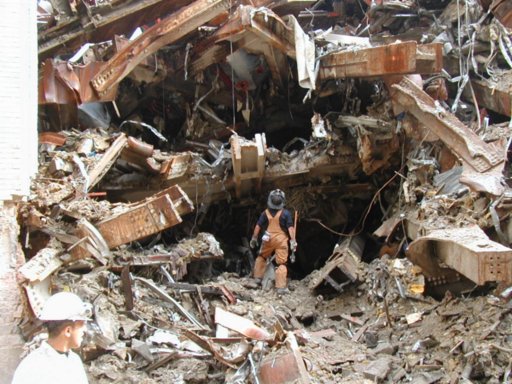
Here is an interesting analysis of the hotspots done by the USGS (edit: I see Mick beat me to it- have to be faster
http://pubs.usgs.gov/of/2001/ofr-01-0429/thermal.r09.html
